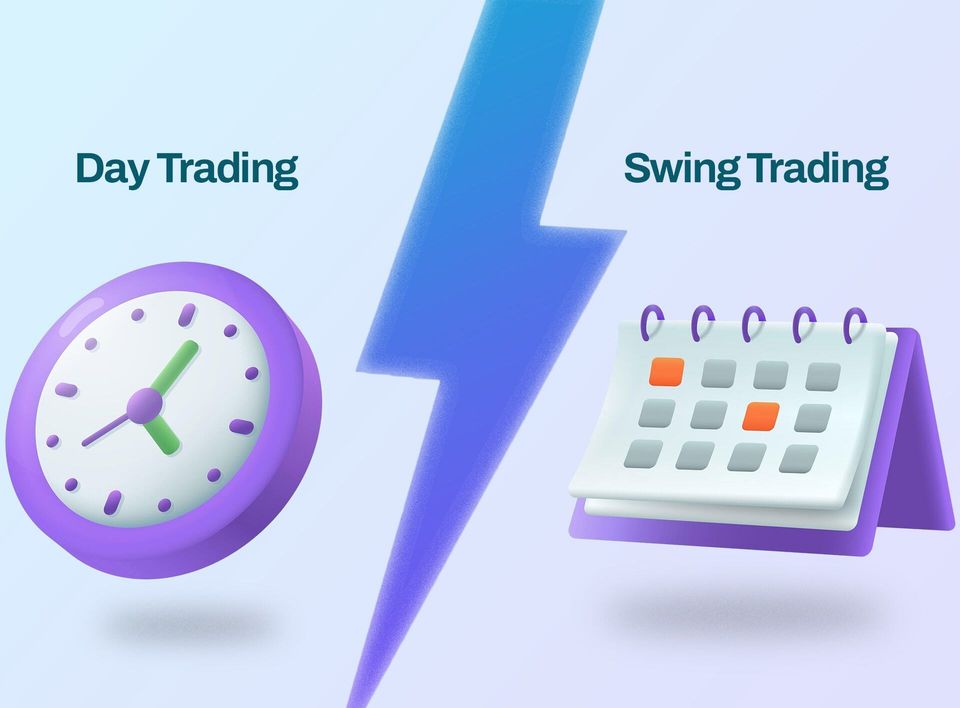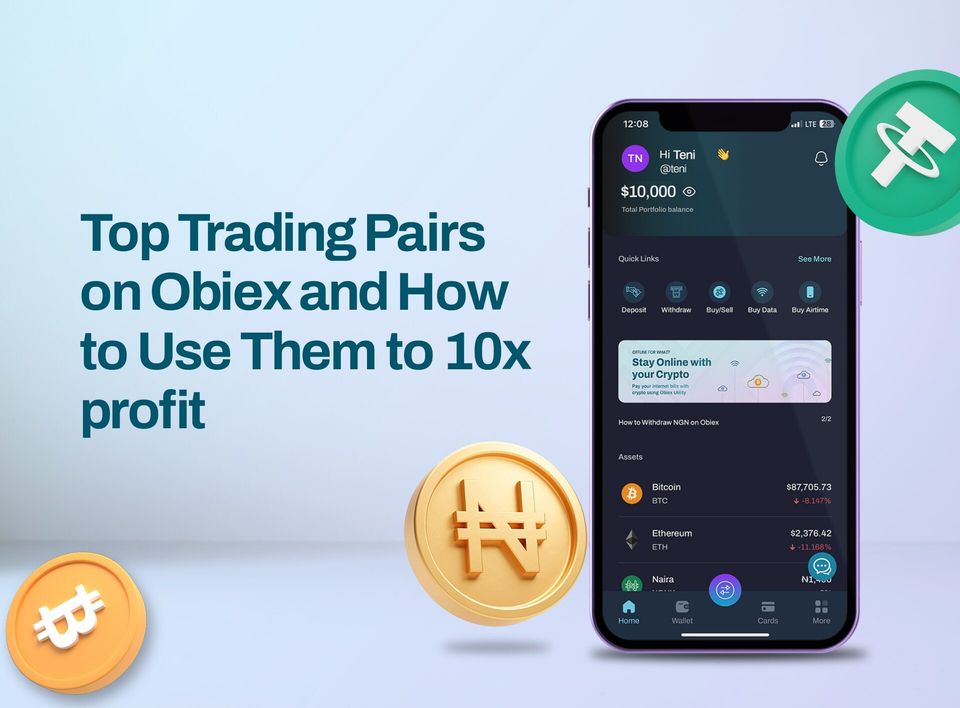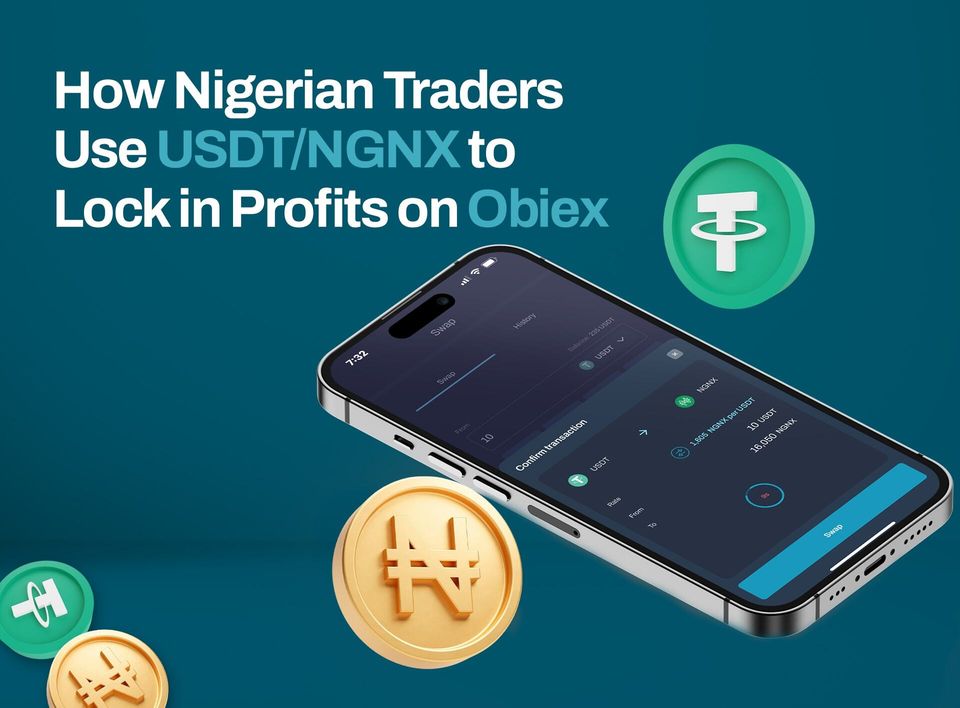What does shilling mean in crypto?
Shilling in crypto means promoting a cryptocurrency for pay or to encourage a pump-and-dump scheme.

Shilling in crypto means promoting a cryptocurrency for pay or to encourage a pump-and-dump scheme.
A crypto pump and dump is a type of scam where individuals or groups deliberately inflate a cryptocurrency's price and demand by spreading false or misleading information to increase the price.
In this post, we explain what shilling is, how it works, the types of shills to look out for, and how to identify shilling.
What is shilling in crypto?
Shilling is when a person or group promotes a particular cryptocurrency to create excitement, generate interest, and push people to buy/invest/trade it.
The aim of shilling is to create enough hype to lead to mass buying, which increases demand and the price of the cryptocurrency.
Typically, the creators or team behind the cryptocurrency collaborate with celebrities and social media influencers to reach potential traders more quickly.
How does shilling in crypto work?
A person who engages in shilling is known as a 'Shill.'
Crypto shills typically have Twitter, Instagram, YouTube, or other social media accounts with medium-to-large followings. They are often paid by a cryptocurrency creator to advertise or promote their token.
Most times, these shills do not tell their followers it's a paid advertisement. Some of them even own the tokens themselves and are trying to set off a pump-and-dump to sell their crypto at a high price (before it inevitably crashes).
Types of people to look out for who could be shills
While some crypto shills advertise cryptocurrencies in obvious ways with overhyped and rather unrealistic promises of profit, others are more subtle.
However, whether the shilling is as blatant as someone saying, "Hey! Buy this coin right now if you want to make 100% profit in the next 24 hours", or as subtle as someone giving "smart financial advice," the goal is the same.
The more people invest, the more demand for the token will rise, and the more the price will increase.
Here are the three types of shills to look out for:
1. The Influencer/Celebrity
The red flag: When an influential person suddenly starts promoting a cryptocurrency to their followers and the public, especially when they haven't shown any interest in the crypto market before.
In the crypto space, influencers are everywhere, and while some share genuine advice, many are shils.
Sometimes, these influencers may not be into crypto and were just paid to advertise a token.
They will promote the crypto token or project to their followers without necessarily offering good or adequate reasons for why they're promoting this unknown/new token, other than the fact that you can make "lots of money" from it.
It is commonly said that 'not all influence is a good influence,' and this also holds true in the crypto world.
Celebrities are often caught in the shill web. They wield double the social power influencers have, and people are twice as likely to listen to their favourite celebrity.
An example is the Kim Kardashian crypto shilling case from October 2022. The U.S. Securities and Exchange Commission (SEC) charged the reality star $1 million for promoting a token called EthereumMax (EMAX).
2. The Investor-Shills
The red flag: When an investor is hyping up the profit you could gain rather than talking about the use or function of the cryptocurrency.
These shills typically invest in a cryptocurrency and work hard to attract potential traders to buy a token as well. They often focus on telling you about the money you could make rather than explaining how cryptocurrency works.
Once these traders buy enough to increase demand and, of course, the token's price, the investor-shills who promoted it sell their cryptocurrency quickly and make a lot of money.
As we mentioned in the introduction, this kind of scheme is called a "pump-and-dump." It leaves the investors and traders who bought the cryptocurrency at a high price with a coin that is now worthless.
That's why it's crucial to carefully read the whitepaper (a document explaining the cryptocurrency's goals and technology). By doing this, you can protect yourself and make more informed decisions about investing in cryptocurrencies.
3. The Excited Founder Or Team Member
The red flag: The team or founder makes unrealistic or impractical promises about their project or cryptocurrency. If there's hype and hurry without a well-documented white paper or roadmap, you might be looking at a shill.
While some founders genuinely strive to create a useful project, the crypto world has its fair share of scammers and people with unrealistic expectations.
They make promises about groundbreaking technology, use cases, or problems that blockchain can solve. They often use trendy buzzwords and target popular areas of interest to attract investors.
It's not necessarily as malicious as a paid influencer or investor trying to make a profit, but it's still worth recognizing that someone might be overselling their project.
Examples of shilling
In October 2022, the U.S. Securities and Exchange Commission (SEC) charged reality star and influencer Kim Kardashian for allegedly promoting a cryptocurrency called EthereumMax (EMAX).
Kim Kardashian agreed to pay $1.26 million to settle the charges and not promote any cryptocurrencies for three years.
Other celebrities involved in promoting EMAX, an Ethereum-based token, included superstar boxer Floyd Mayweather Jr. and former NBA star Paul Pierce.
The price of EMAX hit an all-time high of $0.000000597636 in May last year after the token gained 1,420% in value in a single week. However, the coin crashed quickly after and is currently worth $0.000000001142.
To Wrap Up
Shilling in the crypto space means promoting a cryptocurrency to excite people and encourage them to invest in it.
Shilling tactics can include influencers endorsing the cryptocurrency or the founders making promises that might be too good to be true.
To avoid being a victim of shilling, you always need to do your research and be cautious about any cryptocurrency project being promoted.
Before you buy that crypto, here are five questions to ask:
- Who are the creators of the token or coin?
- Does the coin or token have an official website and social media page?
- What is the purpose of the token/coin?
- How many holders does the crypto coin/token have?
- What is the liquidity and transaction volume?
Disclaimer: This article was written to provide guidance and understanding. It is not an exhaustive article and should not be taken as financial advice. Obiex will not be held liable for your investment decisions.




